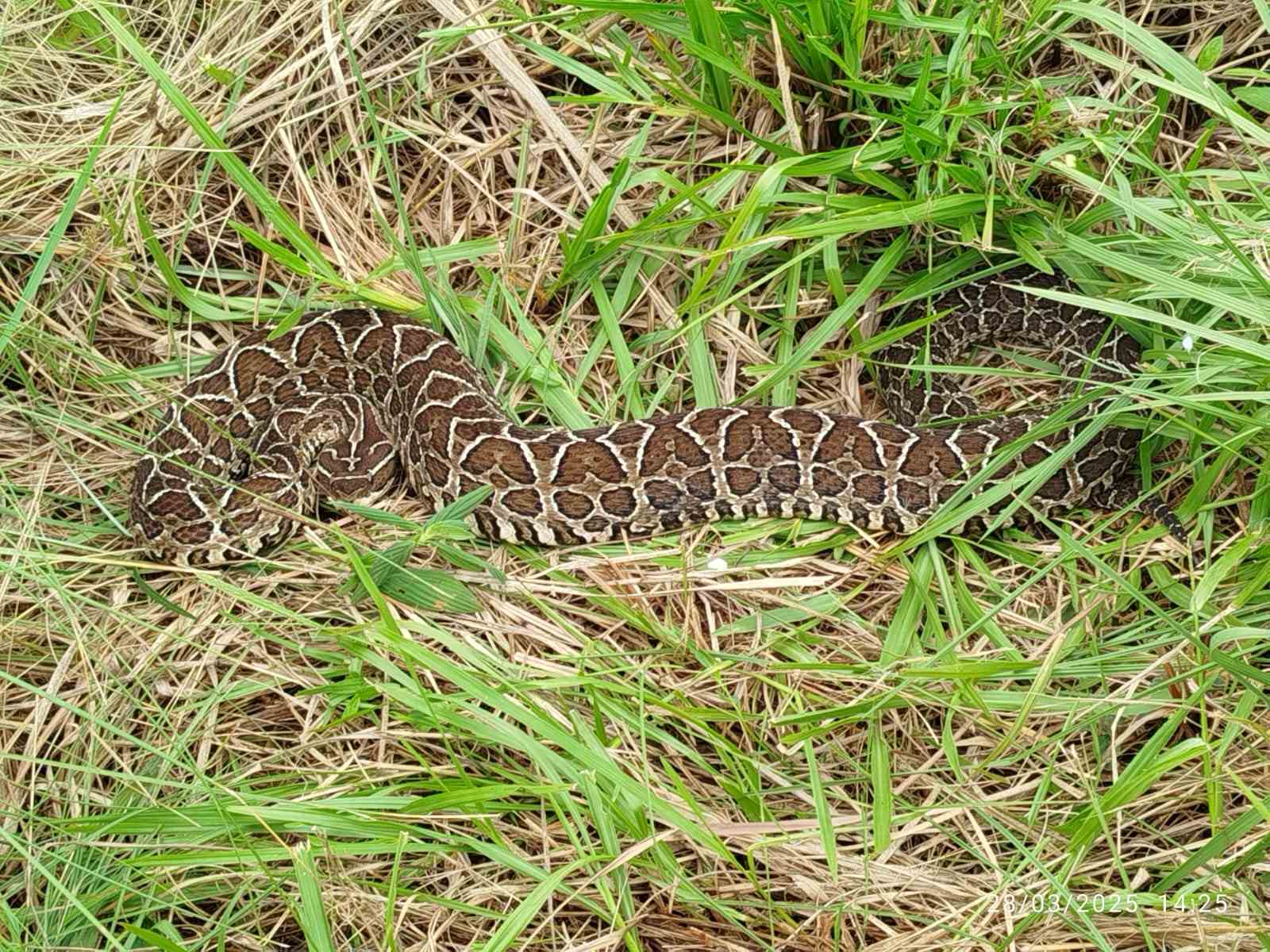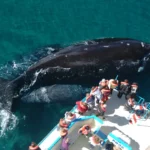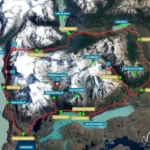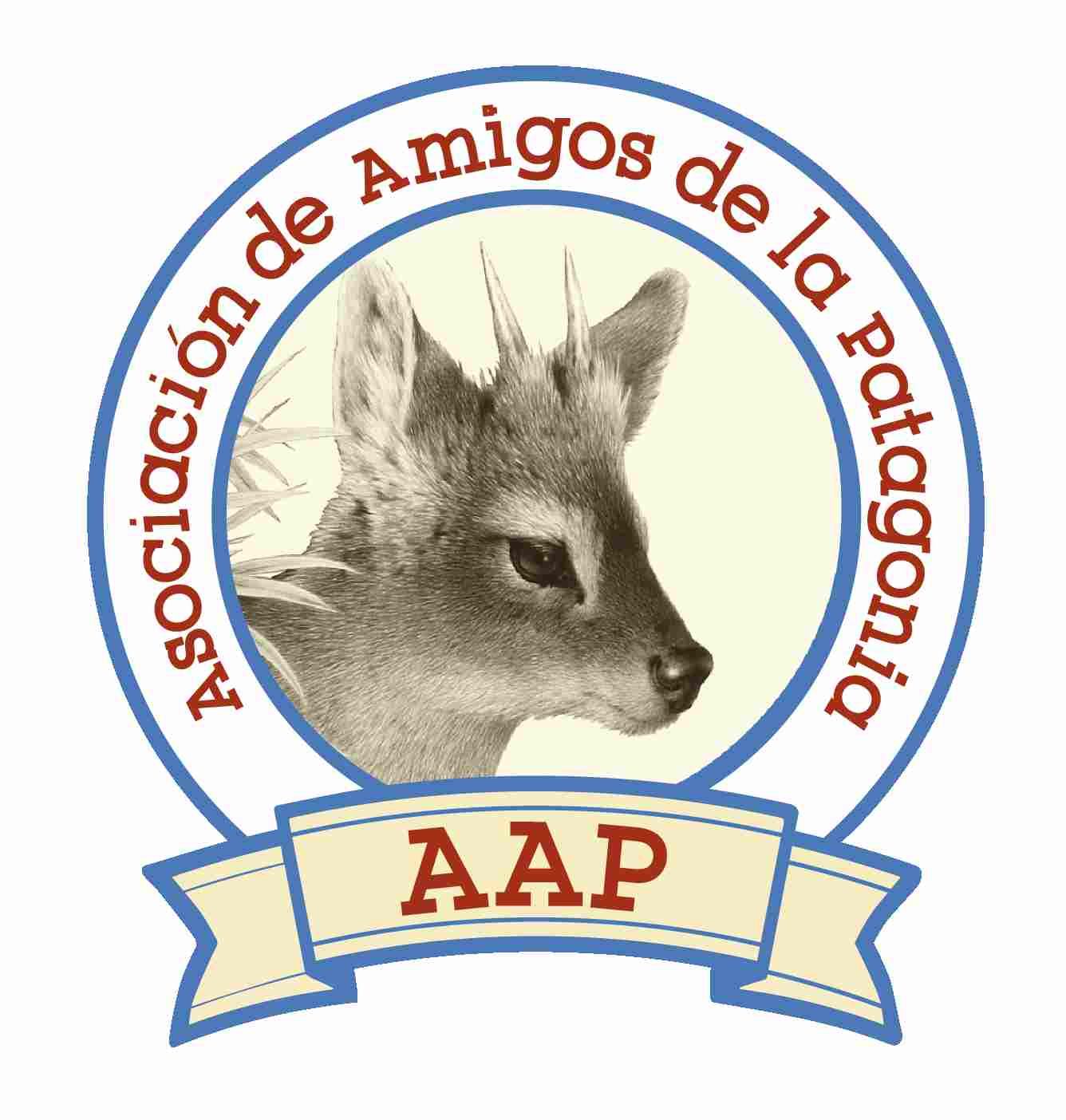
The Yarará, also known scientifically as Bothrops jararaca, is one of the most well-known and feared snakes in Argentina. Found primarily in the northeastern provinces such as Misiones, Corrientes, Entre Ríos, and parts of Buenos Aires, the Yarará is a venomous pit viper responsible for the majority of snakebite incidents in the country.
Join the Argentina Herping Expedition 2025 and discover the incredible wildlife of the Atlantic Rain Forest and the Ibera Wetlands.
Despite its reputation, the Yarará plays an important role in natural ecosystems, particularly in controlling rodent populations. Understanding its behavior and habitat is key not only for safety, but also for appreciating its role in Argentina’s diverse wildlife.
Identification and Features
The Yarará can be recognized by:
- Length: Usually between 80 cm and 1.5 meters, though larger specimens exist
- Color: Brown or gray background with darker, hourglass-shaped markings on the back
- Head: Triangular, with a distinctive pit organ between the eye and nostril, used to detect infrared radiation (heat)
- Eyes: Vertical pupils, typical of vipers
Like other pit vipers, the Yarará has folding fangs and hemotoxic venom, which it uses to immobilize and pre-digest its prey.
Habitat and Distribution
The Yarará prefers:
- Humid forests, especially near water sources
- Grasslands and farmlands, where rodents are abundant
- Rural and suburban edges, sometimes venturing close to human settlements
It is most active during warm months, especially at dusk or night, and tends to remain still or hidden during the day to conserve energy and avoid detection.
Behavior and Danger to Humans
Although the Yarará is not aggressive by nature, it will defend itself if threatened. Most bites occur when the snake is accidentally stepped on or handled.
Venom effects may include:
- Intense pain and swelling
- Tissue damage
- Blood clotting issues
Antivenom is available and effective when administered promptly, so seeking immediate medical attention is crucial in case of a bite.
Fortunately, fatalities are rare, and the overall risk is low if basic precautions are taken.
Role in the Ecosystem
As a predator of rodents, frogs, and small birds, the Yarará helps maintain ecological balance. Its presence is especially important in rural and agricultural areas, where it naturally controls potential pests.
Conservation Status
The Yarará is not considered endangered, but it often suffers from:
- Persecution due to fear and misinformation
- Habitat degradation caused by deforestation and urbanization
Education and awareness campaigns have helped shift public attitudes in some areas, promoting coexistence over elimination.
Wildlife tours in Argentina
The Yarará snake, while potentially dangerous, is also a fascinating and vital component of Argentina’s wildlife. Learning to identify and respect this species contributes both to personal safety and to the preservation of biodiversity. For travelers and nature lovers, spotting a Yarará in the wild is a powerful reminder of the hidden complexity in even the most feared creatures.
We’re a local tour operator based in Buenos Aires, which offers custom tours in Argentina and Chile. We invite you to contact us, and start planning your next incredible journey to South America!
Get inspired by some of our travel ideas, listed below:
Puma Tracking Tour and Orca Watching
Mision Province & Ibera Wetlands
Orca Whale Watching in Patagonia Argentina
Iguazu Falls, Peninsula Valdes and the Wetlands
Where to see Penguins in Patagonia
Peninsula Valdes: Wildlife Tour
0













